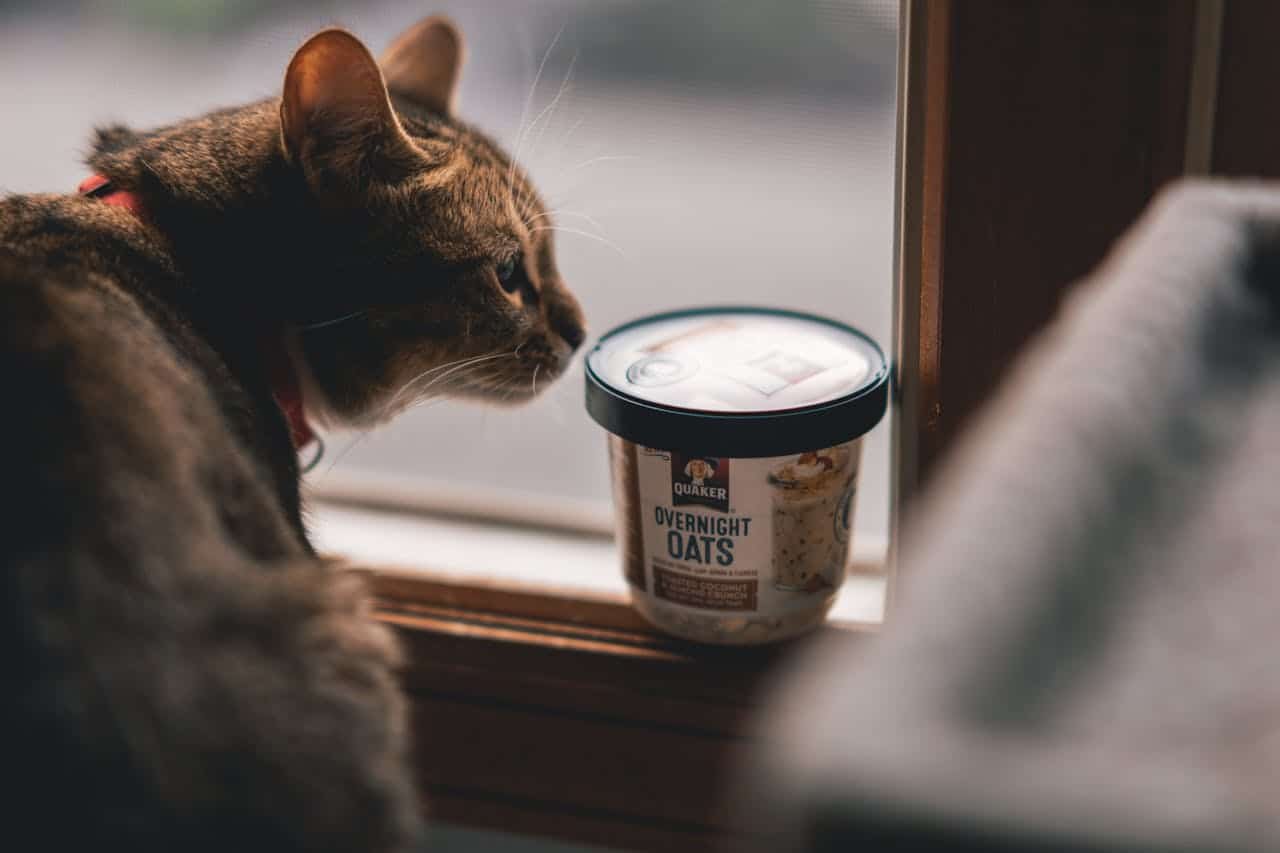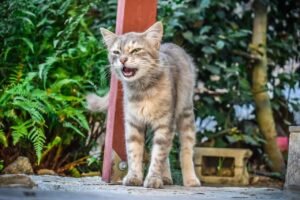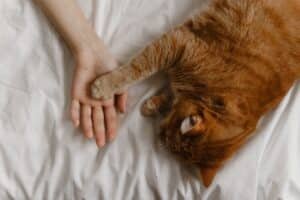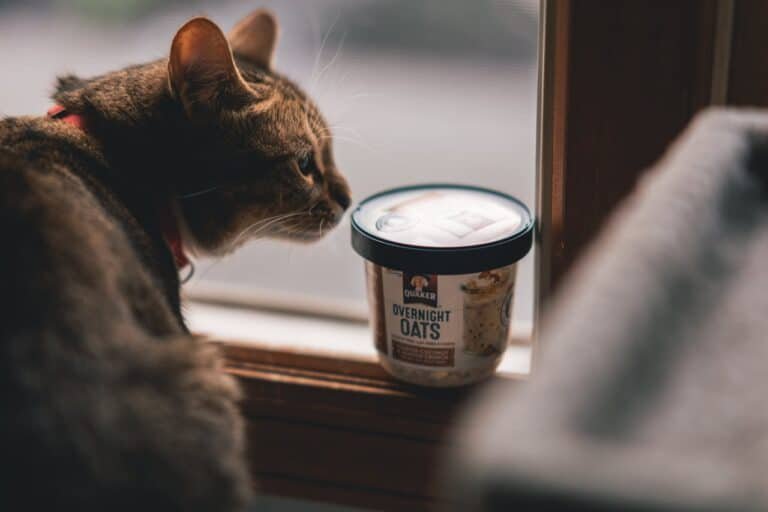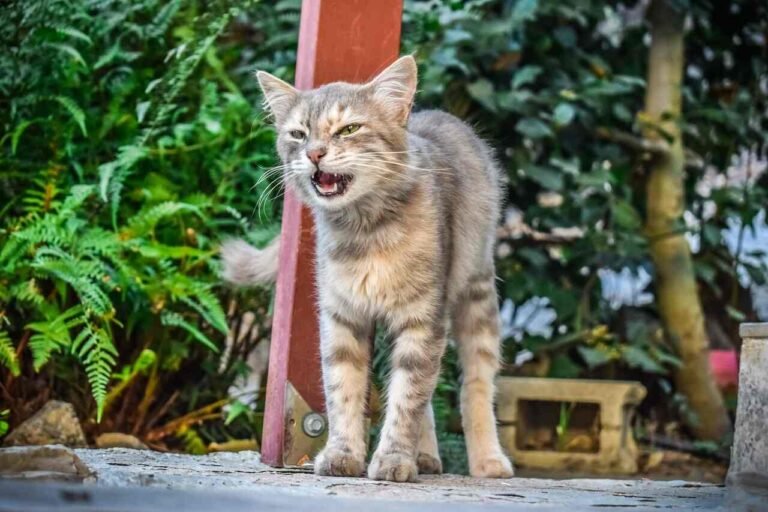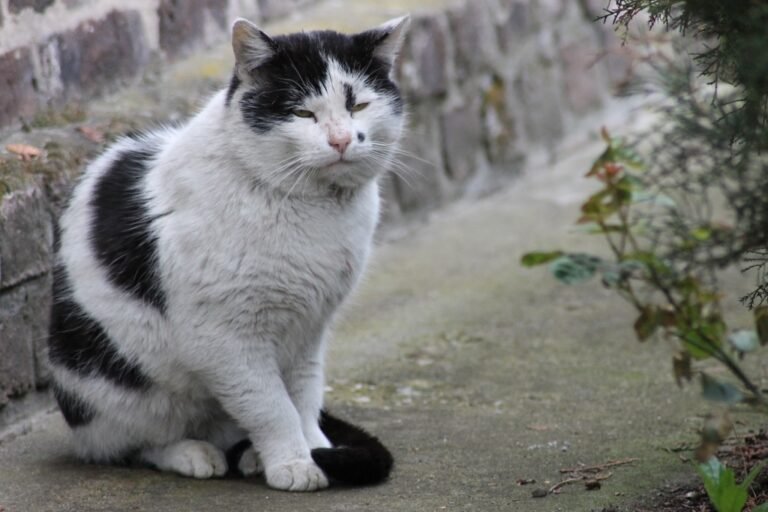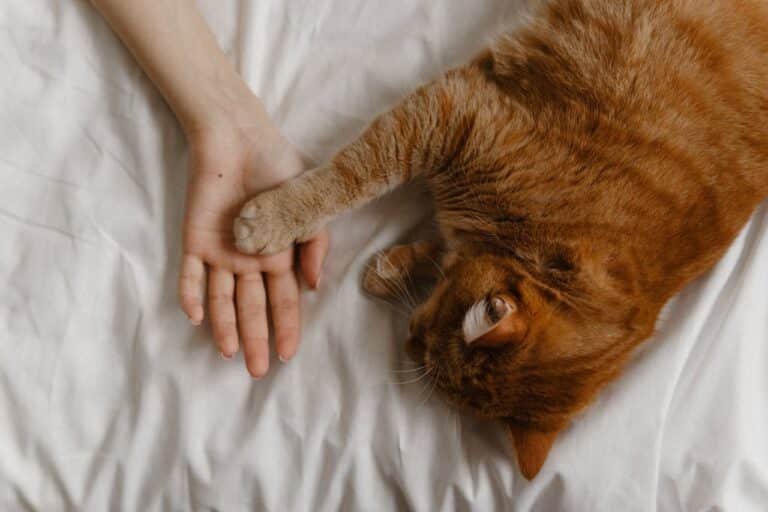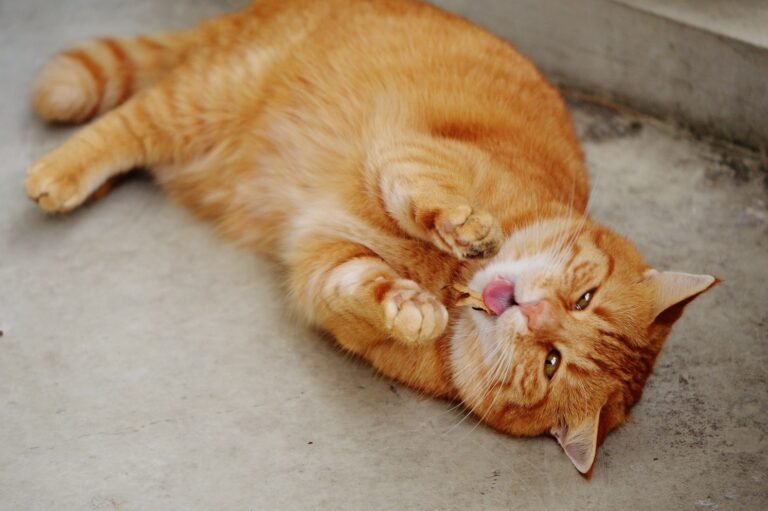12 Dangerous Foods for Your Cat
Sometimes, cats want to eat those foods they see us eating. My cute cat named Inu used to ask for foods that were not good for his health. At that time, I didn’t know that certain foods harm cats. He would like to drink coffee as well as tea and eat yoghurt, sweets, and other dairy foods. After several days, I found him a little sick, and that was when I realised that the digestive system of a cat was different from ours.
Much of the food consumed by people daily made a mess in the body of the poor kitty, which caused severe health problems in his little body. Being a caring owner, you are supposed to feed your feline healthily, but even more significant is the knowledge of what human foods you should not give them. Today, in this blog, I will describe some foods that can be dangerous for your cats’ health from my personal observation and experience.
An article by Swarna Ahmed
Table of Contents
What will i discuss in this blog?
In this blog, I will focus mainly on:
- How certain human foods can harm your cat, based on my personal experience with Inu, my adopted male cat.
- A detailed breakdown of 12 dangerous foods for your cat, including how each affects their health.
- What signs to watch for if your cat has consumed any of these harmful foods?
- What to do if your cat has eaten something harmful?
- Want to know about Inu, my beloved cat?
If you’re a cat owner or thinking about adopting a cat, this blog will give you essential insights into keeping your pet safe from common food hazards. Let’s dive into the important details of each food and learn how to protect your furry friend!
12 Dangerous Foods for Your Cat
1. Chocolate
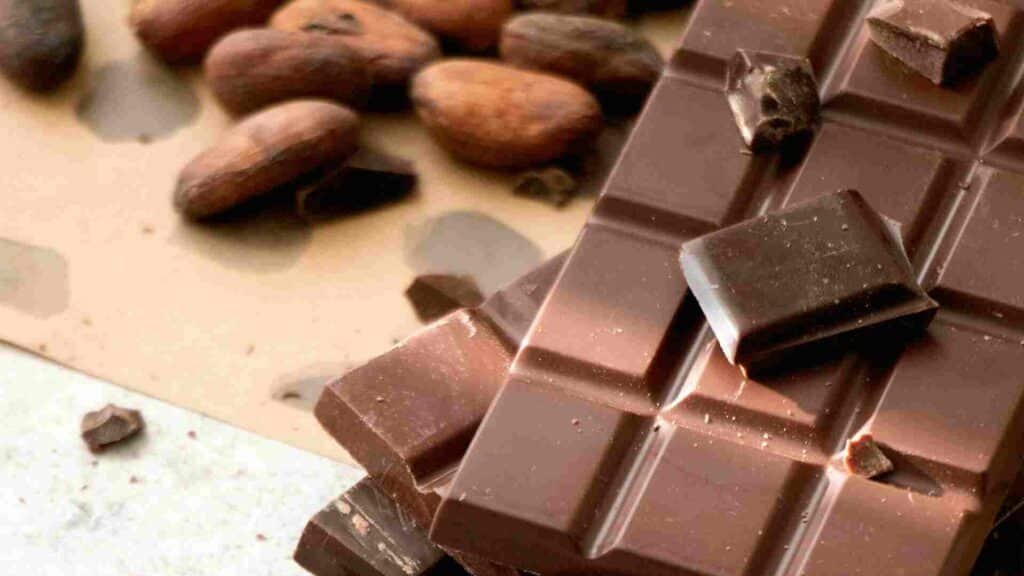
image 1: 12 Dangerous Foods for Your Cat
Chocolate is a sweet confection for humans; for cats, on the other hand, it is toxic because it contains a chemical by the name of theobromine. Humans metabolise theobromine and break it down easily, but in cats, that does not happen.
Different types, such as dark chocolate and unsweetened baking chocolate, are even more dangerous for cats because they contain more concentrated cocoa powder.
Although the severity of the side effects will depend upon your cat’s size and the amount of chocolate eaten, experts say only 0.2 ounces of concentrated chocolate can be dangerous for cats.
Symptoms of Harmfulness from Eating Chocolate in Cats:
- Vomiting
- Diarrhoea
- Tremors
- Seizures
- Can also cause death in some cases
2. Milk, cheese, and dairy products
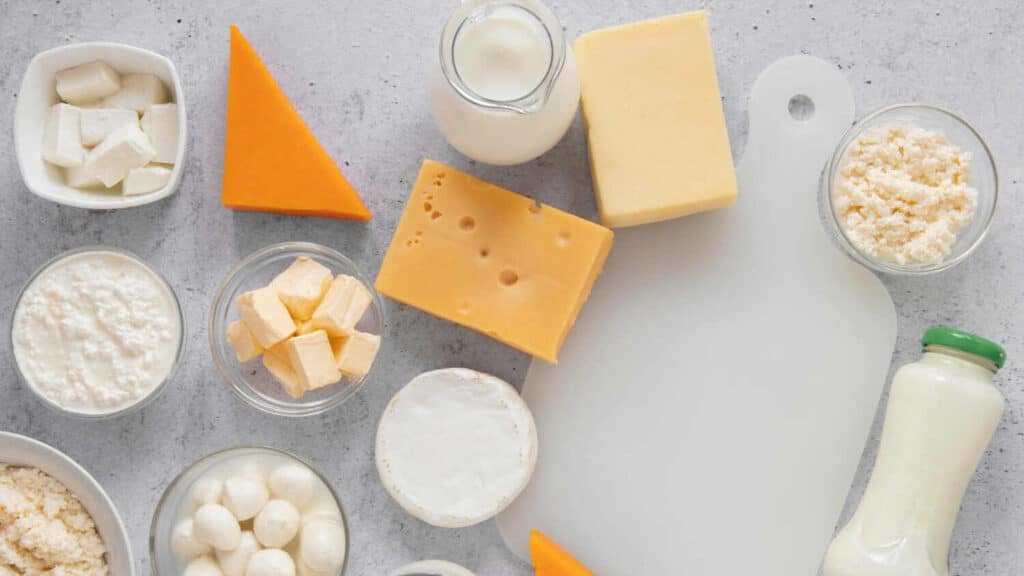
image 2 (by Freepik): 12 Dangerous Foods for Your Cat
Some of us think that milk is one of the favourite foods for cats. Also, growing up, many of us have cartoons and picture books that often feature cats drinking milk or other dairy products, yet in reality, cats and dairy products simply don’t mix. As I said in the beginning, my cat used to like dairy products such as yoghurt, which led him to gastrointestinal discomfort. Though he was cured later by taking care of him, you should not do the same to your cats.
Explore more in this detailed article: Are Milk and Dairy Products Really Harmful to Your Cat’s Health?
Similar to their baby mammalian counterparts, kittens’ ability to digest the lactose in their mother’s milk is aided by the enzyme lactase. Once weaned off, their bodies produced less lactase. This is done in preparation for its transition to adult food.
Although some adult cats do produce some lactase enzyme, most felines are lactose intolerant, meaning that cow milk or any kind of dairy product cream or cream can irritate their stomachs. They can suffer from anything from mild to severe gastrointestinal discomfort, diarrhoea, loose stools, vomiting, stomach pain, and gas.
Even kittens should not be given cow’s milk. While kittens do contain lactase, it is insufficient to counteract the high lactose content of cow’s milk. Cow’s milk contains a lot of fat, which is another reason not to give it to your cats. This is probably one of the main reasons cats are drawn to milk so much. Milk’s fat and sugar content contribute to diabetes and weight gain. More than twice as many calories are needed by cats as by the average human.
3. Salt
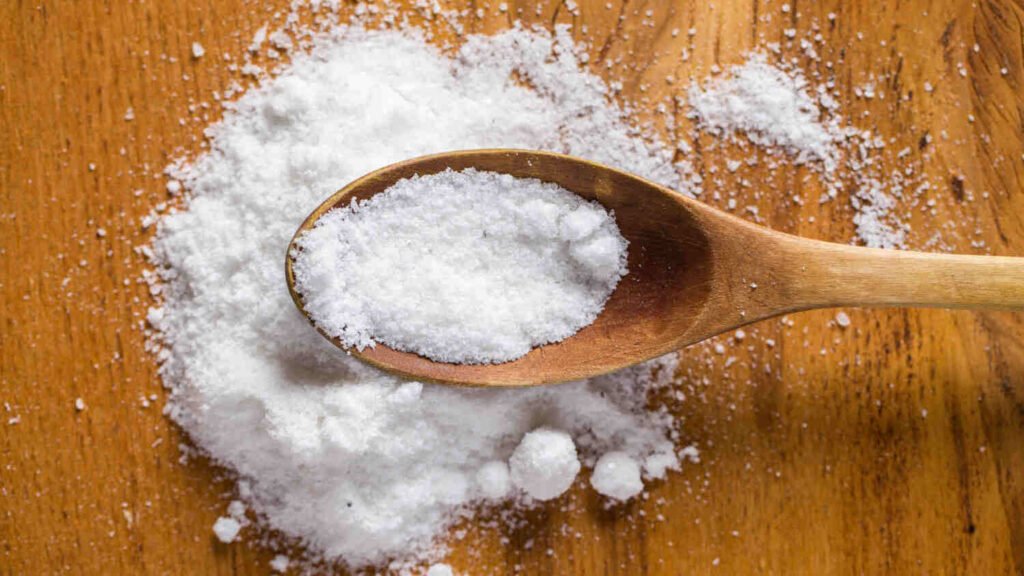
image 3 (by Freepik): 12 Dangerous Foods for Your Cat
Humans consume the majority of their food with excess salt added to it, and the cats are not recommended salt at all. Consuming a huge amount of salt creates a condition called poisoning of salt. Suppose you take extra salt in your food than you usually take; will you be able to eat the food? We know salt can increase the taste of foods, but when you take excessive amounts of it, they are unlikely to eat.
Now, think about your cat. You are a human who still can’t take an extra level of salt. On the contrary, your cat is a tiny creature with a different metabolism. How can it take food with excess salt added to it?
It dehydrates the water in your pet’s body and gives rise to symptoms like:
- Vomiting
- Fever
- Diarrhoea
- Increased thirst and
- Tremors
Sometimes, it may cause death too, and excessive sodium can increase blood pressure over time just, similar to human beings. Clinical findings indicate that more than 41 milligrams a day consumption of salt can become poisonous to cats. That’s less than one-sixth of a teaspoon, to be exact. This implies that you should keep salty foods like popcorn, pretzels, and fries away from your cat, especially if they have kidney or bladder issues.
4. Citrus fruits
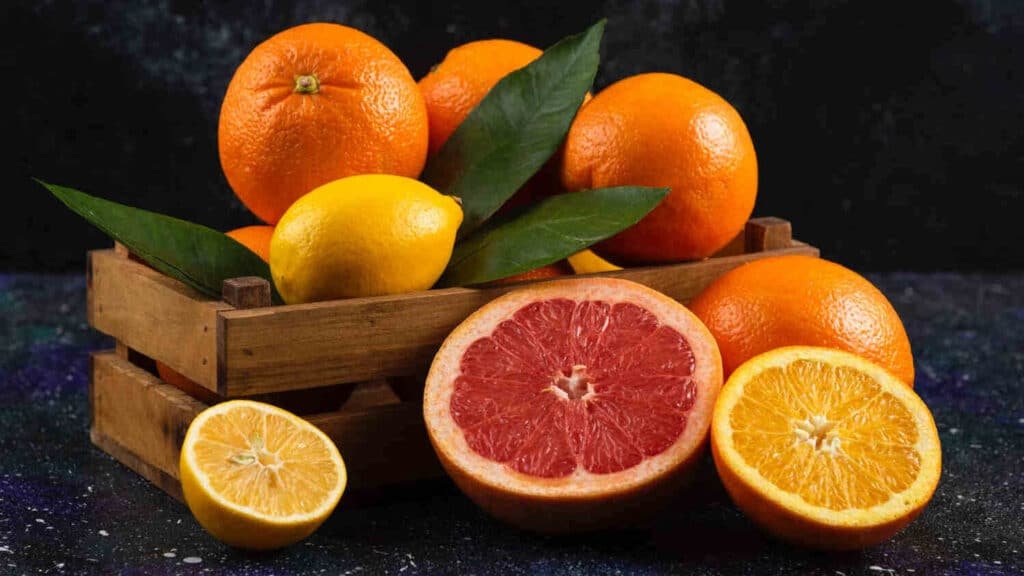
image 4 (by Freepik): 12 Dangerous Foods for Your Cat
Citric acid and essential oils can be found in citrus fruits such as oranges, lemons, limes, and grapefruits, which will make life problematic for your kitty. Although small amounts likely just cause gastrointestinal upset, larger amounts can result in:
- Vomiting
- Diarrhoea
- Tremors
- Liver damage and
- Collapse
Leaves, peels, stems, fruit, and seeds are to be avoided. Their skin may also become irritated if it happens to come into contact with citrus fruits. For cats, the act of inhaling citrus essential oils or any other essential oil can pose potential health risks. The good news is that cats detest citrus, and they will typically run away from strong citrus scents.
5. Bones
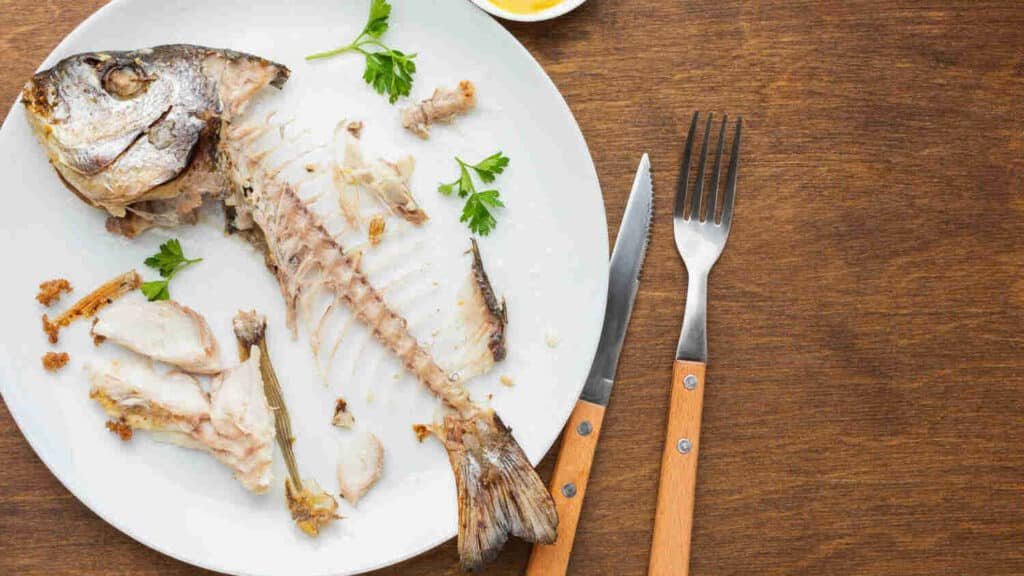
image 5 (by Freepik): 12 Dangerous Foods for Your Cat
Unlike what cartoons depict, house cats have absolutely no business gnawing on fish skeletons or any cooked bones. Cooked bones pose a danger to felines since they splinter and may get stuck in a cat’s throat or stomach.
Let me tell you about something that happened with my other female cat. Once, she was trying to eat a fishbone, and it got stuck in her teeth. She kept trying to get it out but couldn’t. When I noticed, I saw that her mouth was bleeding. I didn’t know why she would be bleeding so much, so I freaked out. Then it dawned on me: might it be the fishbone? After checking her mouth, my father and I discovered that a piece of bone had been stuck in one of her teeth. I quickly removed it and took care of her right away.
It is to say that eating fishbone or any other cooked bones won’t harm to your cat’s health like others do: vomiting, diarrhoea, tremors, liver damage etc. But your cat may even break a tooth, get a tongue or mouth injury, or create an obstruction that may need surgery. So be careful when giving your cat these types of bones to eat.
6. Avocados
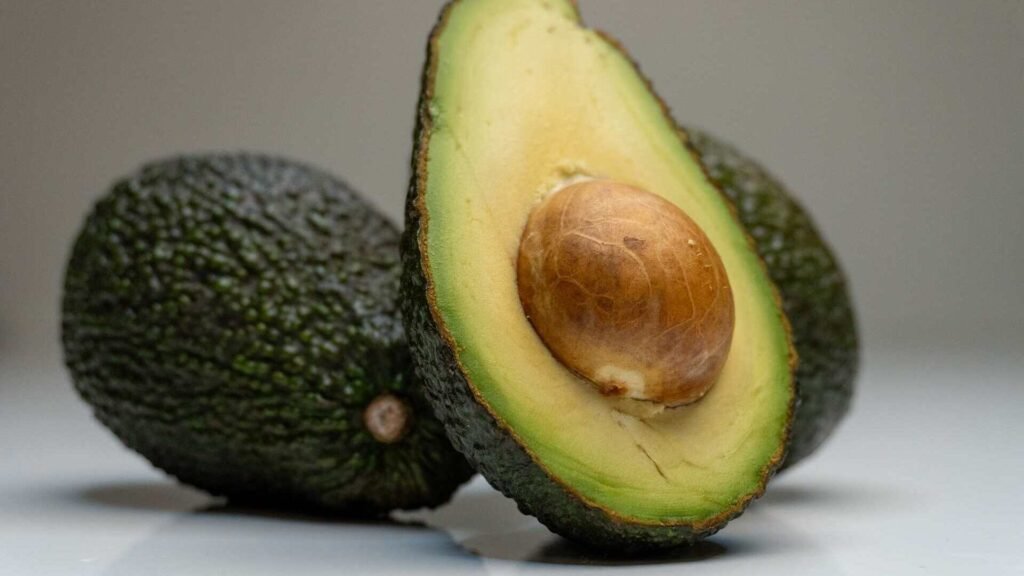
image 6: 12 Dangerous Foods for Your Cat
One toxic element present in avocados is persin, a chemical substance that is not toxic to humans but is really dangerous and might lead to lethal health conditions for many animals. The poisoning of your cat can be through the leaves, pits, avocado fruit, and the actual plant; hence, all these parts are potentially poisonous to your cat since this toxic chemical, persin, is found in all of them.
I actually didn’t give any of my cats to eat avocados and also other fruits that can hamper my cats’ health. I observed a lot, especially about the food for my cats. It is true that I did some wrong, like giving them dairy products, but when I came to know that they could be harmful to my cats, I avoided them. Also, I looked for other foods that could be harmful and avoided them, as I said.
In large doses, it produces vomiting, diarrhoea, pancreatitis, and myocardial damage.
7. Grapes and Raisins
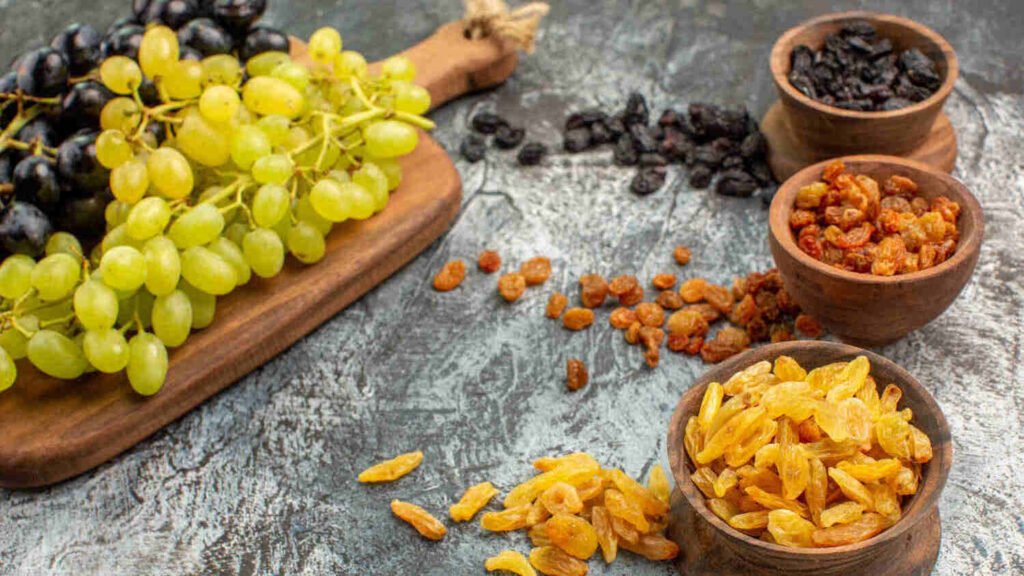
image 7 (by Freepik): 12 Dangerous Foods for Your Cat
You should never feed grapes and raisins to your beloved cat. It is well known that cats are highly hazardous to these fruits. Grape toxicity in cats can cause major harm to the kidneys that can lead to rapid kidney failure, which can be fatal.
Grape products like grape juice, grape jam, and even cakes with raisins in them must be avoided, too. And, of course, keep your breakfast cereals out of reach if they contain these two aforementioned ingredients. Clinical reports have said that many of our dear cats died from kidney failure due to just a few raisins consumed.
8. Tuna
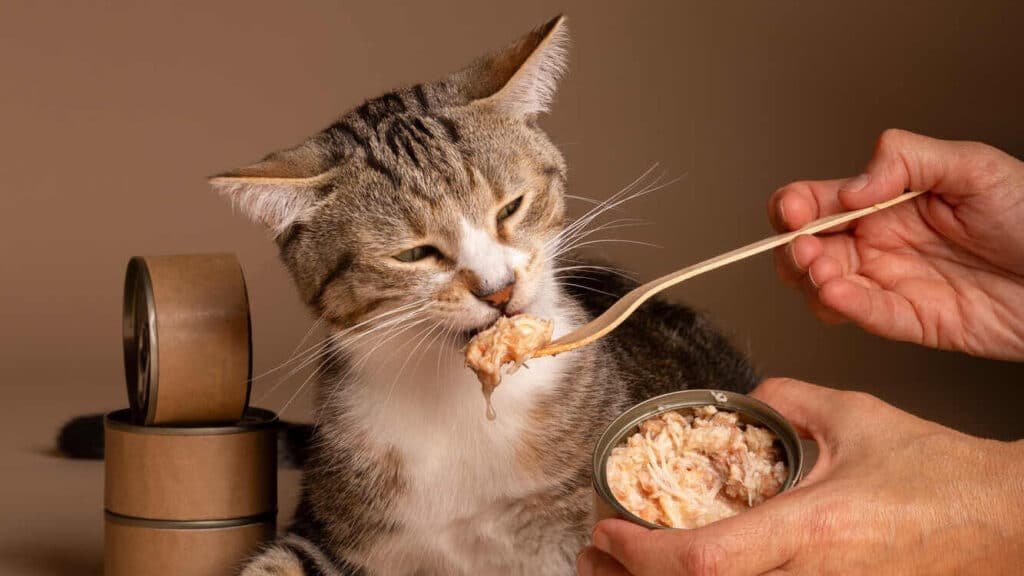
image 8 (by Freepik): 12 Dangerous Foods for Your Cat
Tuna is not inherently harmful to cats, but it should be given in moderation and with caution. Most cats are so fond of tuna to a fault. Tuna is delicious, perhaps a whole lot tastier than your cat’s kibble. Cats can, however, become addicted to tuna. Some felines, once they get tuna too regularly, will soon start turning up their noses at their regular cat food, desiring you to give more tuna as an alternative.
Tuna is a treat that, in moderation, is generally safe for most cats. Because tuna lacks certain vitamins and nutrients, a regular diet of tuna cooked for humans can cause malnutrition in cats.
Read more: Can Cats Eat Tuna? Safe or Harmful?
9. Macadamia nuts
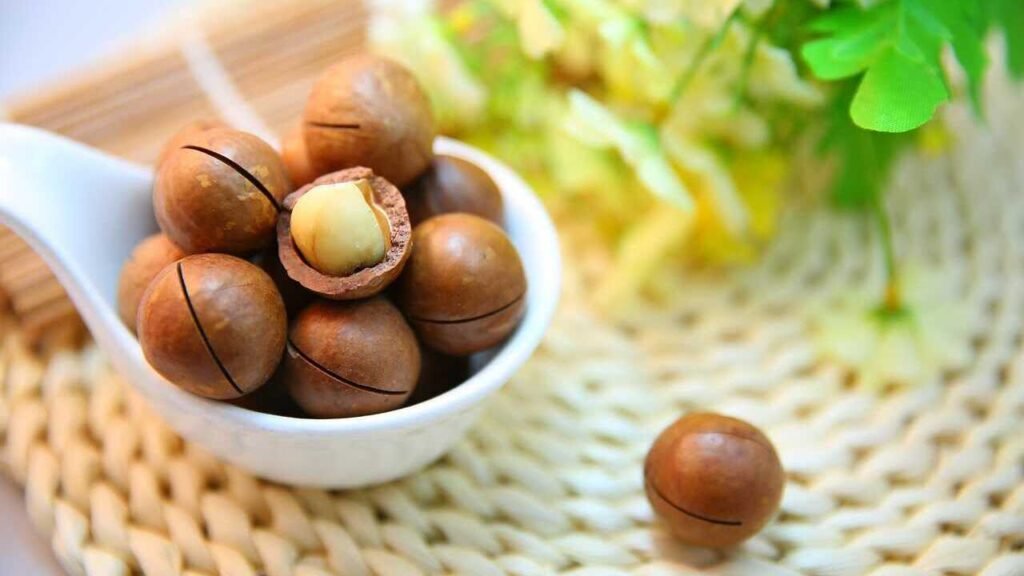
image 9: 12 Dangerous Foods for Your Cat
The macadamia nut is extremely toxic to cats. These nuts are basically used in baked goods, including cakes, cookies, muffins, and even trail mix. Keep these items out of the reach of your pet. Even a small amount of these nuts can produce severe symptoms. If the chocolate contains nuts, it increases symptoms, possibly causing death.
Symptoms of Poisoning: If a cat ingests macadamia nuts, it may experience symptoms such as:
- Weakness
- Vomiting
- Tremors
- Increased body temperature
- Lack of coordination (ataxia)
- Depression or lethargy
10. Caffeine

image 10: 12 Dangerous Foods for Your Cat
Any drink that contains even a hint of caffeine is a big no for your cat. As I said at the beginning of this article, my cat Inu likes to have coffee. It sounds weird, but he liked it. I’ve never actually given her much coffee. It’s just that sometimes when I’m drinking it, I’ll put a tiny bit on my fingertip and let her lick it—that’s all.
Caffeine over-stimulates a cat’s nervous system. Their heart rate increases to a dangerous level, and their blood pressure will go through the roof. Vomiting, seizures, even death- it can cause all of these. Caffeine stimulates a cat much more than a human, as cats are a great deal more sensitive to it. Keep your four-legged friend away from all stuff like coffee, tea, energy drinks, soda, coffee beans, and coffee grounds.
11. Alcohol

image 11 (by Freepik): 12 Dangerous Foods for Your Cat
We love our kitties so much, and none of us would ever think about the deliberate drunkenness of your good felines.
Giving alcohol doesn’t mean that you are offering drinks like beer, whisky, vodka etc. It is common sense that you will never let your cat take any of these. But what have I meant, actually?
Alcohol is present in many products we would never suspect, like mouthwash, perfume, cleaning agents, and hand sanitisers. Make sure to keep them out of reach. Even small amounts of alcohol, such as that contained in cough syrups, medications, and raw bread dough, are poisonous to cats. Animals poisoned by alcohol may vomit, become disinhibited, disoriented, uncoordinated, and experience poor respiration. Severe alcohol poisoning results in the failure of the animal’s organ systems and death.
12. Raw yeast dough
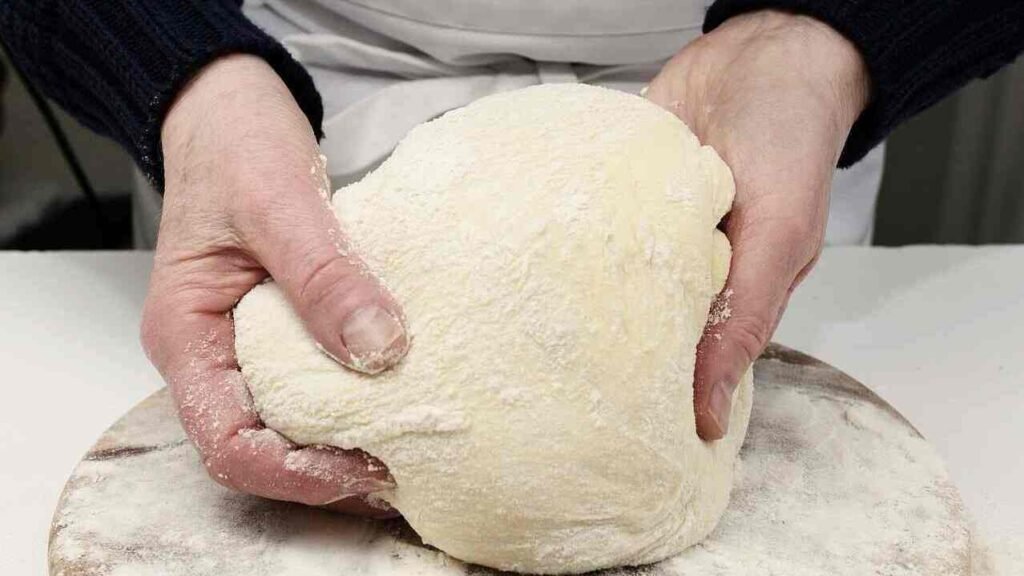
image 12: 12 Dangerous Foods for Your Cat
If you’ve ever made bread from scratch, you know that dough needs to rise. The problem is that if a cat eats raw bread dough, the yeast in it can expand in their stomach, leading to severe discomfort and bloating. This can even cause the cat’s stomach to twist, which is a serious medical emergency. Plus, there’s another risk: the yeast produces alcohol during fermentation, which can be toxic. So, it’s really important to keep raw dough out of your cat’s reach!
And it is to say that, sometimes, when I make bread, I make sure to keep my cat away from the kitchen. I do this to prevent my cat from getting into the raw bread dough, as I know it can be harmful to it.
What signs to watch if your cat consumed any of these foods?
Thus, knowing some signs that can tell that your cat has eaten something poisonous is crucial for its owners. Using the case of Inu, I realised that a breakdown in a person’s behaviour can be as small as drifting off from the normal patterns of behaviour.
Here are some signs to watch for:
- Vomiting: If supplying your cat with food becomes a problem since they often start vomiting, their stomach might be upset, or there were ingested toxic substances.
- Diarrhoea: Other obvious symptoms include loose stools or diarrhoea; if their digestive system is not happy, you will know it.
- Lethargy: In most cases, if your cat is typically full of energy and stops climbing or playing, something could be wrong.
- Tremors or Seizures: These are serious signs which may be experienced if one ingests something very dangerous, such as chocolate or macadamia nuts.
- Increased Thirst or Urination: If your cat is thirsting or going to the litter box often, there could be a reaction to some food.
- Loss of Appetite: An abrupt refusal to eat is not welcoming and in most cases it indicates that your cat is not in the best of health.
- Abdominal Pain: Mechanical signs of discomfort such as excessive movement, cries to get away from the examiner, crying, or attempts to hide might suggest a related visceral pain such as abdominal pain.
However, if you observe any of these signs your cat develops, particularly after they have been fed a dangerous treat, do not hesitate to consult your veterinarian. Timing is also important in saving your companion animal from dangerous and fatal conditions.
What to Do If Your Cat Has Eaten Something Harmful?
If maybe you suspect your cat has consumed something poisonous, do not get too worried! Here’s what you can do:
- Assess the Situation: Nothing is as powerful as realizing what your cat may have consumed, the quantity and possibly the time this happened.
- Look for Symptoms: The signs you should look out for include vomiting, diarrhoea, or simply being dull.
- Contact Your Vet: Inform your veterinarian straight away. They will ask you what your cat ate and if the animal has shown any signs of distress.
- Follow Their Advice: Depending on your vet, they might advise you to bring in your cat, observe them at home or even make them vomit – remember to talk to your vet first.
- Prevent Future Issues: Once all that’s settled, ensure that the foods which are toxic to your cat cannot be accessed and that you know what can be made available to them.
THERE is ALWAYS help if you act quickly, so don’t wait to get your cat the needed treatment!
Inu, My beloved cat
Let me tell you something about Inu. I wasn’t a cat parent before, but I really loved cats. For various reasons, I never had the opportunity to adopt one. But when the chance finally came, I started searching for a cat. Due to some constraints, I couldn’t buy one, so I mainly wanted to adopt a cat. I was posting in various cat-related Facebook groups and looking for information in different cat communities.
One day, I posted in a group asking, “Can anyone help me adopt a male kitten?” Someone replied, saying she had found a cat on the street. Since it was a stray cat, her resident cat wasn’t accepting it, so she wanted to adopt it. I was really happy and then contacted them. They arranged for a bike rider to deliver the cat to me at their own expense.
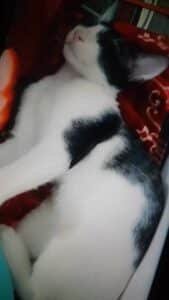
Unfortunately, I don’t have any good photos of Inu right now because my phone is broken and all the pictures I had of him were stored there. It’s heartbreaking since Inu is no longer with me. The only photo I could find is one I shared in a chat on Messenger.
It brings back so many memories, but I wish I had more to cherish.

